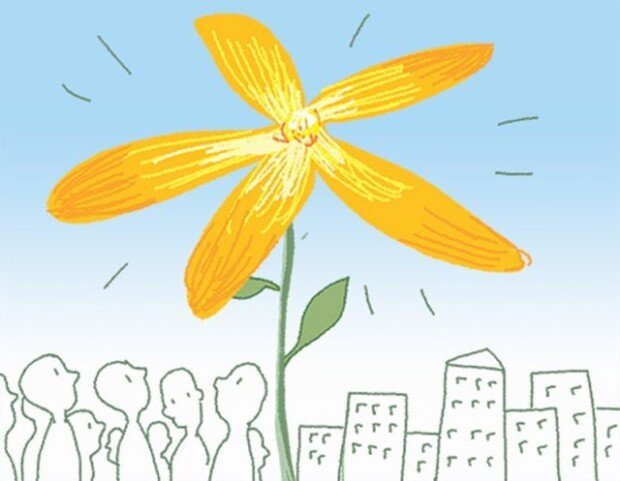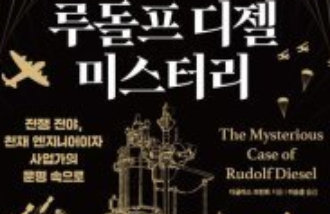Posing questions to myself
Posing questions to myself
Posted March. 19, 2022 07:22,
Updated March. 19, 2022 07:22

The question-and-answer method is the art of conversation and rhetoric. When questions and answers continue, it becomes a kind of discourse. This was well demonstrated by Confucius and Socrates. The continuation of questions and answers is what we call philosophy. When an ordinary question is followed by a special answer, it becomes realization. A case in point is Li Bai’s “Question and Answer on the Mountains,” where he smiles and does not answer when asked for what reason he stays on the green mountain. A wise answer that gives you an unexpected realization is called poetics.
Poetry begins with the act of asking something. A person, who gives the same answer as everyone else and leaves is not a poet. However, some people sometimes think of their own answers, dream of answers, and live according to their answers. They become real poets in the process.
In today’s poem, there are five questions and five answers. The questions seem like those of a strict teacher, and the answers appear to be from a student who seeks learning opportunities. But in fact, there is only one person doing the asking and answering. To be precise, poet Lee San-ha is asking questions and his whole life is answering. Every answer to every question is all about determination and realization. The answer that no flower blooms carelessly is not a statement of fact. It is a determination that he will not treat flowers carelessly. The same goes for the answer that no flowers in the world are the same. It means that all flowers are precious because they are all born differently. Because the war is not over yet, this poem sounds more suggestive.







